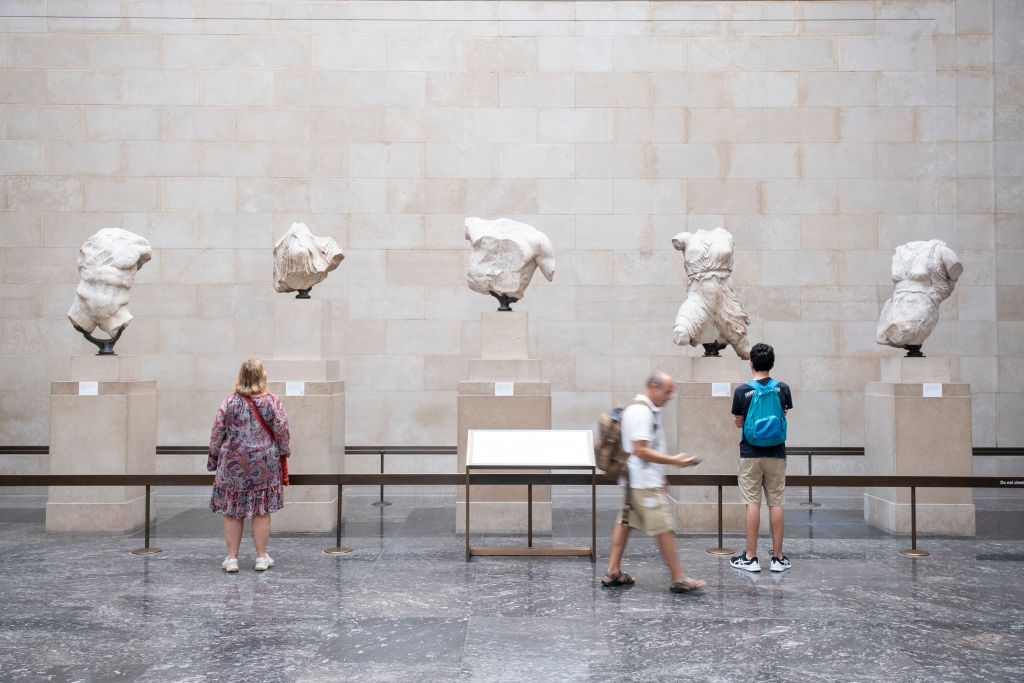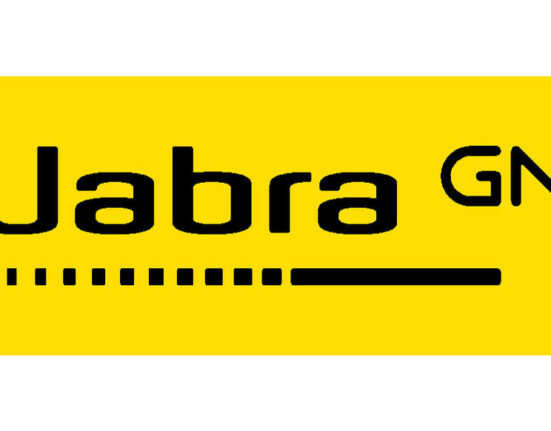Thousands of artifacts in U.S. and European collections were stolen from their countries of origin. Should they be sent back? Here’s everything you need to know:
How big is the stolen art market?
The illicit trade in cultural goods — from ancient friezes to coins and works of modern art — is estimated to be worth $10 billion a year, according to UNESCO. In the U.S. alone, the FBI’s Art Crime Team has over the past 20 years recovered some 20,000 pieces collectively valued at more than $900 million. Resolving a case can be as simple as returning a burglarized painting to its owner. But often it means
reckoning with much larger wrongs. Thousands of works that were looted amid
war, genocide or colonial occupation can be found in some of the world’s most distinguished museums and private collections. In recent years, activists and governments have launched campaigns to get artworks returned to their countries of origin, achieving considerable success. More than 50 international restitutions have taken place this year. In recent weeks, U.S. investigators have seized from American museums ancient Roman sculptures thought to have been looted from Turkey in the 1960s and paintings by expressionist Egon Schiele, which the Nazis stole from a Holocaust victim. Restitution of such works is “more than a legal matter of who has clear title,” said Elizabeth Campbell, an expert in art collection ethics. “It’s a moral issue.”
Who are the key players in this trade?
Over centuries, they’ve included thieves, smugglers, unscrupulous art dealers — and nations extracting tribute from conquered peoples. Europe’s contact with the New World birthed a brisk trade in pre-Columbian artifacts, the fallout of which continues to be felt today. In March, the Mexican government repatriated an “earth monster,” a 1-ton stone sculpture from the ancient Olmec civilization, after U.S. authorities seized it from a private collector in Colorado. More recently, looting sprees occurred during the Khmer Rouge’s reign in Cambodia, the Iraq War, and the Arab Spring, with artifacts being funneled to foreign buyers. Since early 2022, Russian troops have — with the guidance of Russian art experts — emptied museums in occupied Ukraine; 10,000 of the 14,000 works in the Kherson Art Museum were taken. “They were hunting for historic objects,” said Ihor Poshyvailo, a Ukrainian curator.
Sign up for The Week’s Free Newsletters
From our morning news briefing to a weekly Good News Newsletter, get the best of The Week delivered directly to your inbox.
From our morning news briefing to a weekly Good News Newsletter, get the best of The Week delivered directly to your inbox.
Have museum officials aided looting?
Until the late 20th century, many Western curators had an Indiana Jones–like approach to cultural treasures: Grab them and run. Thomas Hoving, a curator at the Metropolitan Museum of Art who later became its director, once extracted a Romanesque relief from an Italian church with the help of a dealer who hid pilfered objects in his station wagon. “My collecting style was pure piracy,” Hoving wrote in his memoir. Gary Vikan, a former director of Baltimore’s Walters Art Museum, said the curating world of the 1980s was “the Wild West. You wanted to be the one that gets that icon, that sculpture, that bronze.”
What changed?
Laws — and eventually attitudes. A 1954 Hague convention banned the looting
or destruction of cultural artifacts in wartime. A landmark 1970 UNESCO convention extended that prohibition and most museums will today no longer take possession of an object without documentary proof that it was legally exported after 1970. Buying standards were further tightened in the 2000s amid outrage over the rampant plundering of ancient sites following the U.S. invasion of Iraq. The craft chain Hobby Lobby — whose evangelical owners are interested in the biblical Middle East — bought some 5,500 allegedly stolen clay tablets, talismans, and other objects for $1.6 million. Those items were eventually repatriated to Iraq as part of a 2017 settlement with the U.S. government. But some museum officials say it is wrong to assume that items in long-established collections are ill-gotten and, after so many years, should be sent back.
Why do they oppose restitution?
In many cases, it’s because they believe their institutions are the rightful owners. In the early 19th century, British aristocrat Lord Elgin sailed home from Greece with statues and friezes that had once adorned the Parthenon in Athens; the removal, he said, was approved by local Ottoman officials. The Elgin Marbles are now a star attraction at the British Museum in London, but Greece considers them part of its cultural patrimony and has long petitioned for their return. Earlier this year, then–British Culture Minister Michelle Donelan said such a repatriation would open a “complete can of worms,” leading other nations to make restitution requests of the museum. Many of those countries, some curators argue, are not safe for cultural treasures.
What’s the problem?
War, poverty, corruption, and shoddy infrastructure in developing nations can leave artifacts vulnerable to damage, theft, and decay. Some experts consider those solid arguments for leaving looted works where they are: in well-secured museums visited by millions from around the world. “Where else on our planet can we bring together under one roof the fruits of 2 million years of human endeavor?” said George Osborne, head trustee of the British Museum and former Chancellor of the Exchequer. But others, especially non-Westerners, detect echoes of patronizing colonial attitudes in such humanitarian appeals. “It is painful that others always want to teach us about how we preserve our heritage,” said Beninese art historian Didier Houénoudé, “that these others have themselves painstakingly destroyed.”
The fate of the Benin Bronzes
In 1897, British troops armed with artillery and machine guns attacked Benin City in present day Nigeria to quash a rebellion; thousands of residents were killed. The British snatched some 3,000 astonishingly intricate brass sculptures from the royal compound. The Benin Bronzes, as they came to be known, eventually landed in collections across Europe and the U.S. In 2007, Western museum directors met with Nigerian officials to discuss repatriation; Germany has since returned 1,100, France 26, and the Smithsonian 29. But in Nigeria, a dispute arose over who should take them: The government, whose flagship art museum sits in disrepair? An internationally funded venture with a museum blueprint by star architect David Adjaye? Or the oba, the traditional ruler whose ancestors commissioned the sculptures? Last spring, outgoing Nigerian President Muhammadu Buhari decreed the oba should have them. The powerless, cash-strapped monarch has not displayed the artifacts publicly and refuses international oversight. Some fear he may sell them to foreign buyers. “In the name of reversing old wrongs,” David Frum wrote in The Atlantic, “modern decision makers are in danger of committing grave new ones.”
This article was first published in the latest issue of The Week magazine. If you want to read more like it, you can try six risk-free issues of the magazine here.







